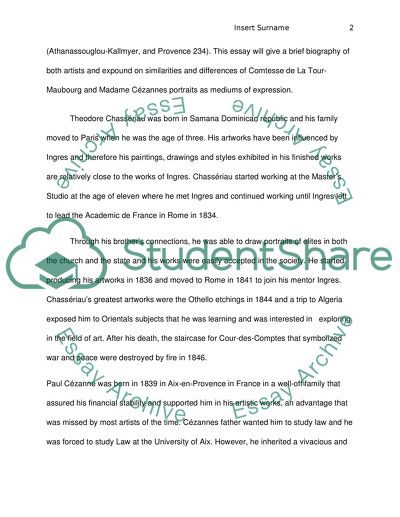Cite this document
(“Compare and contrast two artworks of the 19th century Essay”, n.d.)
Retrieved from https://studentshare.org/visual-arts-film-studies/1494075-compare-and-contrast-two-artworks-of-the
Retrieved from https://studentshare.org/visual-arts-film-studies/1494075-compare-and-contrast-two-artworks-of-the
(Compare and Contrast Two Artworks of the 19th Century Essay)
https://studentshare.org/visual-arts-film-studies/1494075-compare-and-contrast-two-artworks-of-the.
https://studentshare.org/visual-arts-film-studies/1494075-compare-and-contrast-two-artworks-of-the.
“Compare and Contrast Two Artworks of the 19th Century Essay”, n.d. https://studentshare.org/visual-arts-film-studies/1494075-compare-and-contrast-two-artworks-of-the.


